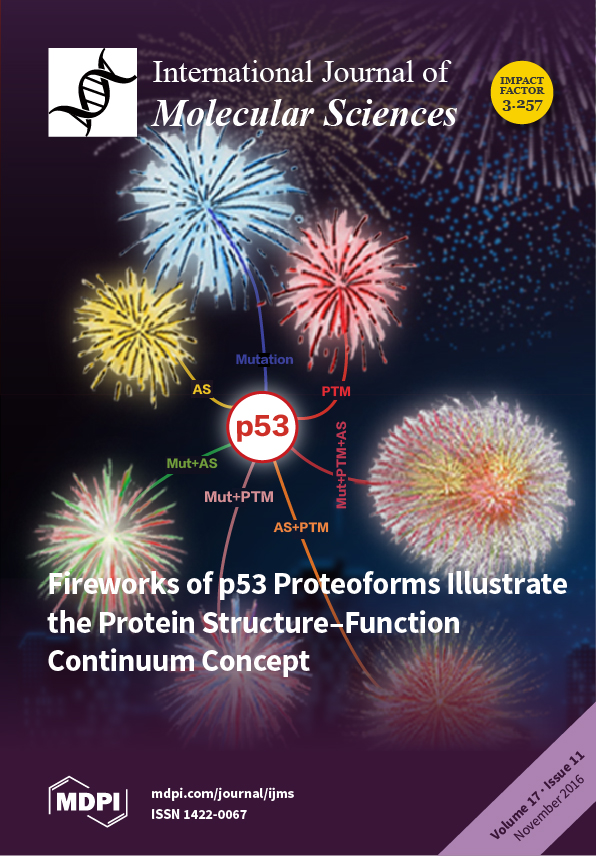Open AccessArticle
Intracranial Thrombus Morphology and Composition Undergoes Time-Dependent Changes in Acute Ischemic Stroke: A CT Densitometry Study
by
Slaven Pikija 1, Jozef Magdic 2, Vladimir Trkulja 3, Peter Unterkreuter 4, Johannes Sebastian Mutzenbach 1, Helmut F. Novak 1, Friedrich Weymayr 5, Larissa Hauer 6,† and Johann Sellner 1,7,8,*,†
1
Department of Neurology, Christian Doppler Medical Center, Paracelsus Medical University, 5020 Salzburg, Austria
2
Department of Neurology, Univerzitetni Klinični Center, 2000 Maribor, Slovenia
3
Department for Pharmacology, School of Medicine, University of Zagreb, 10000 Zagreb, Croatia
4
Department of Neurology, Bezirkskrankenhaus Lienz, 9900 Lienz, Austria
5
Division of Neuroradiology, Christian Doppler Medical Center, Paracelsus Medical University, 5020 Salzburg, Austria
6
Department of Psychiatry, Christian Doppler Medical Center, Paracelsus Medical University, 5020 Salzburg, Austria
7
Department of Neurology, Klinikum rechts der Isar, Technische Universität, 81675 München, Germany
8
Institute of Linguistics, University of Salzburg, 5020 Salzburg, Austria
†
These authors contributed equally to this work.
Cited by 27 | Viewed by 5601
Abstract
The aim of our study was to assess whether cerebral artery clots undergo time-dependent morphological and compositional changes in acute ischemic stroke. We performed a retrospective chart review of patients admitted within 5 h from symptom onset to three European stroke centers and
[...] Read more.
The aim of our study was to assess whether cerebral artery clots undergo time-dependent morphological and compositional changes in acute ischemic stroke. We performed a retrospective chart review of patients admitted within 5 h from symptom onset to three European stroke centers and evaluated non-contrast-enhanced CT (NECT) for hyperdense artery signs (HAS) in 2565 scans. The occlusion site, density of HAS expressed in Hounsfield units (HU), area of HAS, and relative density (rHU) (HU clot/HU non-affected artery) were studied and related to time from symptom onset, clinical severity, stroke etiology, and laboratory parameters. A HAS was present in the middle cerebral artery (MCA) in 185 (7.2%) and further explored. The mean time from symptom onset to CT was 100 min (range 17–300). We found a time-dependent loss of density in the occluded M1 segment within the first 5 h (
N = 118, 95% CI [−15, −2],
p = 0.01). Further, the thrombus area in the M2 segment decreased with time (cubic trend
N = 67, 95% CI [−63, −8],
p = 0.02). Overall, and especially in the M2 segment, a lower clot area was associated with higher fibrinogen (−21.7%, 95% CI [−34.8, −5.8],
p = 0.009). In conclusion, our results disclosed time-dependent changes of intracranial thrombi with regard to occlusion site, density and area.
Full article
►▼
Show Figures






